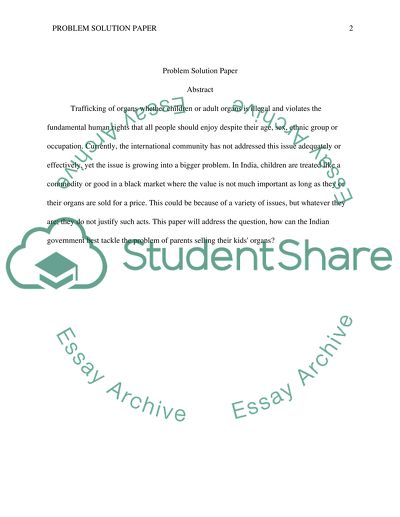Cite this document
(“An Analysis-Synthesis Essay Example | Topics and Well Written Essays - 2000 words”, n.d.)
Retrieved from https://studentshare.org/english/1644298-an-analysis-synthesis-essay
Retrieved from https://studentshare.org/english/1644298-an-analysis-synthesis-essay
(An Analysis-Synthesis Essay Example | Topics and Well Written Essays - 2000 Words)
https://studentshare.org/english/1644298-an-analysis-synthesis-essay.
https://studentshare.org/english/1644298-an-analysis-synthesis-essay.
“An Analysis-Synthesis Essay Example | Topics and Well Written Essays - 2000 Words”, n.d. https://studentshare.org/english/1644298-an-analysis-synthesis-essay.


